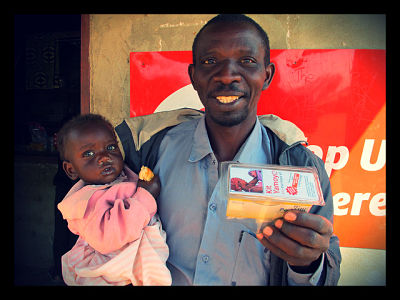10 New Health Innovations for Developing Countries


The need for new, inexpensive medical innovations in the third world is staggering. These devices must be easy to transport, operate, and most importantly, be affordable, or else they will remain available only to the wealthy. These ten new health care innovations for developing countries will be ready to distribute by 2015 and have the potential to save 1.2 million people.
1. Kit Yamoyo: This medical kit contains anti-diarrheal medicine that is packaged to fit over Coca-Cola bottles.
2. Anti-Shock Garment: The cloth is wrapped around the lower body to alleviate excessive bleeding after childbirth. The garment also prevents blood from leaving the vital organs until the mother can be transported to a healthcare facility.
3. Chlorhexidine: An antiseptic that averts dangerous infections that result from cutting the umbilical cord on a newborn baby.
4. Rotovac: The vaccine prevents rotavirus related diarrhea.
5. The Backpack-PLUS: It provides health workers with the tools to deliver a baby properly.
6. Helping Babies Breathe: Although not technically an invention, the program trains one million “birth attendants” to keep babies breathing after they are born, despite the birthing conditions.
7. Bubble CPAP: This airway device forces oxygen down babies’ lungs to save them from severe respiratory diseases.
8. Phone Oximeter: The mobile phone-based monitoring system is able to report blood oxygen levels for healthcare workers in areas without proper health facilities. The device assists in the diagnosis and treatment of pre-eclampsia and pneumonia.
9. Sayana Press: A contraceptive that comes packaged and pre-filled with a one dose injection system called Uniject.
10. Magnesium sulfate: Reportedly a highly effective treatment for severe pre-eclampsia and eclampsia as well as pregnancy-related conditions.
Another innovation that deserves honorable mention is the winner of a competition funded by Boehringer Ingelheim and organized by HITLAB. The winning device is a wireless pill bottle that benefits people living with diabetes. The pill bottle, in addition to storing medicine, provides data transmission, measuring medicine and sending patient reminders.
These innovations will be vital in the fight against poverty and disease in developing countries.
– Mary Penn
Sources: Business Standard, Boehringer Ingelheim
Photo: Flickr
